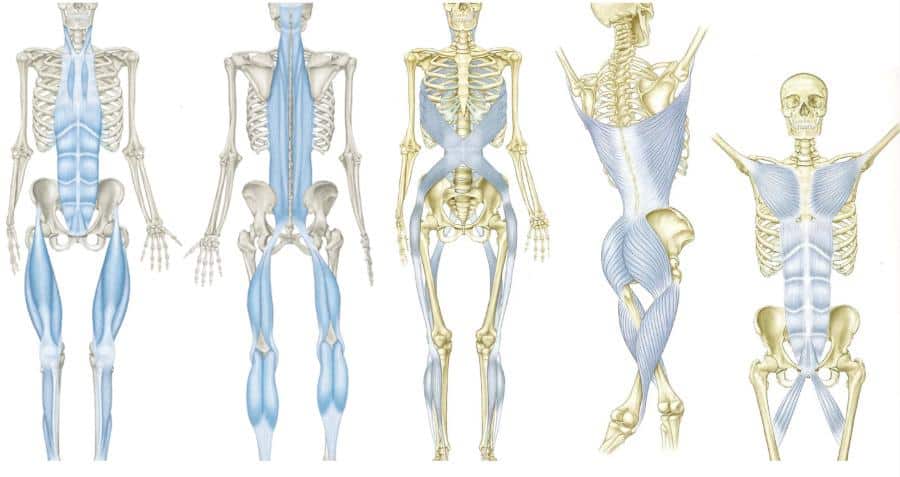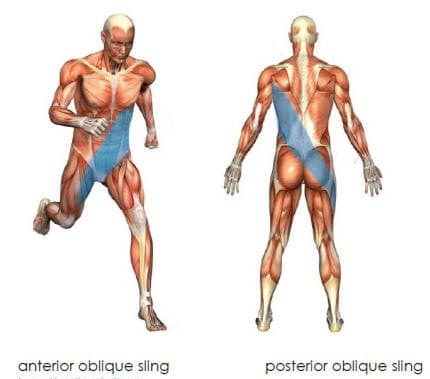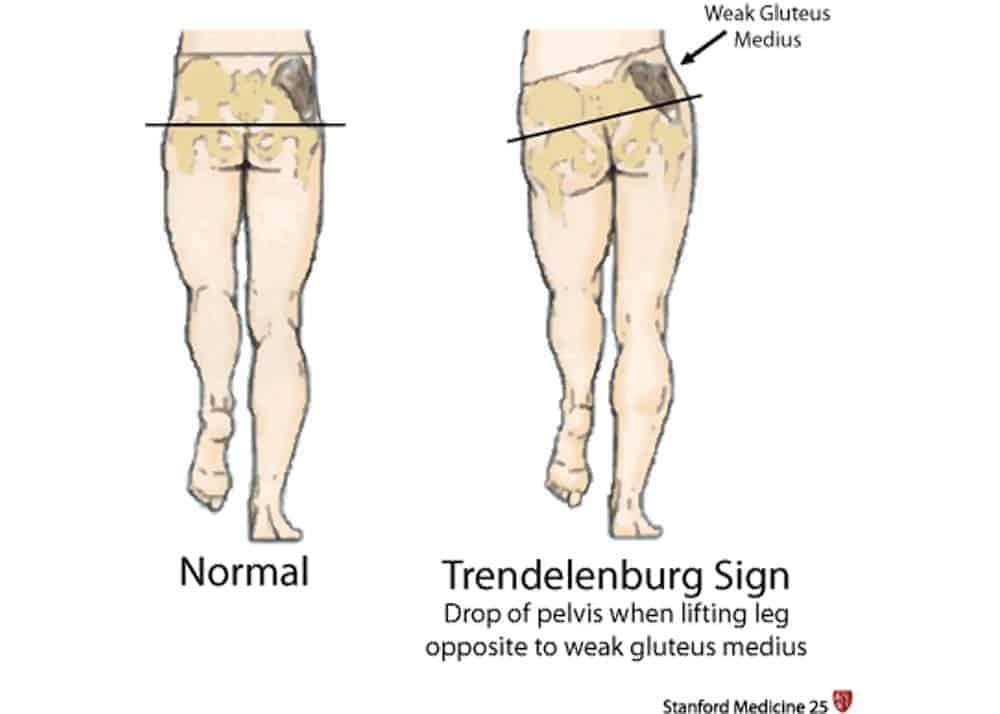Fascia 101: Myofascial Slings

Where does movement originate from? If it is only your legs that make you locomote then how does Nick Vujicic, the motivational speaker born with tetra-amelia syndrome, having no arms and legs, move? If you see him walking, you will see that spinal rotation and the muscle systems around the lumbo-pelvic region are the base of human movements; the limbs merely amplify movement that originates in the musculature of the spine and trunk. This theory was first offered as “The Spinal Engine” by Serge Gracovetsky in 1988 and has since been developed by the likes of Andry Vleeming, Diane Lee, and Thomas Myers. It states that myofascial slings are a large part of our ability to generate efficient dynamic movement. Let’s find out what these slings are and how you keep them functioning at their optimum.
What are Myofascial Slings?
As you have read in our blog on Fascia and Movement, the human body is a vastly complex machine comprised of a range of tissues that provide protection, structure and function to meet an individual’s needs. Traditionally, it was believed that our skeletal system was responsible for movement, however, later this theory was questioned. The theory that movement originates from an individual or a group of muscles pulling on bones via tendons simply does not capture the intricacy of how dynamic tasks like running, cycling or swimming are executed. In reality, muscles distribute large portions of their contractile force onto a web of connective tissue, that we know as fascia. This pliable yet tough tissue is the often most overlooked critical link in force transmission.
So, what are slings then? Myofascial slings or anatomical slings are soft tissue that include muscles, fascia, and ligaments that form an interconnected chain that works in harmony to create strength and stability while assisting motion. Basically, these slings help transfer force between our upper and lower limbs while stabilising the core. These structures reinforce the concept that we need to train movement patterns as opposed to individual muscles.
What are the types of myofascial slings?
There are 4 types of myofascial slings
Anterior Oblique Sling (AOS):
The anterior oblique sling consists of the fascial links of the internal and external obliques with the contralateral adductor muscles. During walking, the AOS stabilizes the body on top of the stance leg and assists the pelvis to rotate forward to prepare for the succeeding heel strike phase of the gait. As the speed of walking progresses to running, the activation of the AOS significantly increases.
An imbalance in the AOS will result in a shearing force across the front of the pelvis which may present as groin pain. If the obliques are weak, there can be excessive trunk rotation, which can trigger back pain during repetitive movements such as swimming, cycling, and running.

Posterior Oblique Sling (POS):
The posterior oblique sling consists of the latissimus dorsi on one side, the opposite gluteus maximus, and the interconnecting thoracolumbar fascia. The lower portion of the POS attaches to the posterolateral edge of the femur and interacts closely with the lateral sling. It is integral in the functional control of movement and since we are bipedal, helps us to stand. The role of POS is evident while walking and becomes more prominent during running when the opposite arm and leg pull or extend backward simultaneously. And the opposite latissimus dorsi and gluteus maximus rhythmically contract and relax to produce freestyle swimming stroke and the walking stride. They optimise the energy used and reduce the metabolic cost of these contralateral movements.
The POS also aids cycling as the gluteus maximus is the strongest and most powerful hip extensor. Moreover, to hold the bike with a good arm position, shoulder stability is required. This is a result of a strong latissimus dorsi.
Lateral Sling(LS)
In comparison to the AOS and POS, the muscles that contribute to the lateral sling are relatively small. The gluteus medius, gluteus minimus, and tensor fascia lata on one side and the thigh adductors on the opposite side constitute the lateral sling. However, the LS influences the hip and knee joint as it extends all the way down to the tibia via the iliotibial band (ITB).
The LS helps maintain a stable pelvis. If the LS is not functioning optimally, a pelvic drop on the contralateral side of the pelvis occurs due to compensatory mechanics. If not addressed early, this Trendelenburg sign can lead to acute and chronic injuries in the lower limbs.

Deep longitudinal sling (DLS)
The Deep longitudinal sling goes from the erector spinae to hamstrings, via the thoracolumbar fascia and sacrotuberous ligament, and the biceps femoris. Functionally, this sling has to be active all day to keep us upright. But this sling also allows for movement in the sagittal plane. Due to its anatomical attachments to via fibres to the spinous processes, the erector spinae allow for spinal extension. However, due to the fascial envelope created by the thoracolumbar fascia, when these muscles contract, they have a broadening effect which increases tension and assists in force closure and stabilising the lumbar spine, sacrum, and pelvis.
Keeping your slings working
Repetitive movements and poor posture can affect the health of your fascia and muscle and thus, your slings. We don’t want to overuse muscles and cause fascial tightness and rigidity. What helps is to convert the stored energy to fluid movement is optimal training of the fascia and muscles.
Pilates and its focus on whole-body movements, originating from the core, along with the balance between eccentric and concentric work are perfect to train your slings.
Here are some exercises you can do to keep your slings healthy.
- AOS: Obliques
- POS: Opposite arm leg reach
- LS: Side-lying series
- DLS: Swimming
Watch the videos below for more exercises to work your slings!
When the forces among the various myofascial slings of the body are balanced, they provide optimal alignment, increased movement efficiency, and increased speed. The human body is incredibly complex and requires the coordination of different parts of the body. Nothing works in isolation. Get your full-body workout with our classes. Check the schedule here.

Comments
i want to conduct research on oblique slings.
wanting to look for articles for exercises.
can you help me with apporved articles for thesee exercises??